The Ultimate Ears Megaboom 3 is the freshest iteration of the Megaboom line, with an emphasis on bringing the music — and the party — outside. It can be paired with multiple other Megabooms or other Ultimate Ears devices to create expansive soundscapes. The company says that the rechargeable lithium-ion battery will keep the music going for as long as 20 hours between micro-USB charges. (If you want the fast-charging dock, it comes separately.)
If the Megaboom’s name didn’t already give you a clue, the marketing makes clear this device is not aimed at those who would like to listen to classical music quietly while doing crossword puzzles: “MEGABOOM 3’s extra size and larger woofer create intense bass you can both hear and feel – 50% deeper than BOOM. But unlike most other portable speakers, it’s true to your music. No exaggeration or distortion.”
Our engineers put the Ultimate Ears Megaboom 3 through our rigorous DXOMARK Wireless Speaker test suite. In this review, we will break down how it fared at audio playback in a variety of tests and several common use cases.
Key specifications include:
- Conical shape; diameter 3.35 inches (8.7 cm); height: 8.8 inches (22.5 cm)
- Weight 0.925 kilo (2.03 lbs)
- Speakers: Two 50 mm (2 inch) 4 ohm full-range drivers and two 55 mm x 86 mm passive radiators
- Connectivity: Bluetooth
Test conditions:
- Tested with Motorola HSPK
- Communication protocol used: Bluetooth
About DXOMARK Wireless Speaker tests: For scoring and analysis in our wireless speaker reviews, DXOMARK engineers perform a variety of objective tests and undertake more than 20 hours of perceptual evaluation under controlled lab conditions. This article highlights the most important results of our testing. Note that we evaluate playback using only the device’s built-in hardware. (For more details about our Speaker protocol, click here.) The Ultimate Ears Megaboom 3 falls into the Essential category of devices in the DXOMARK Speaker rankings.
Test summary
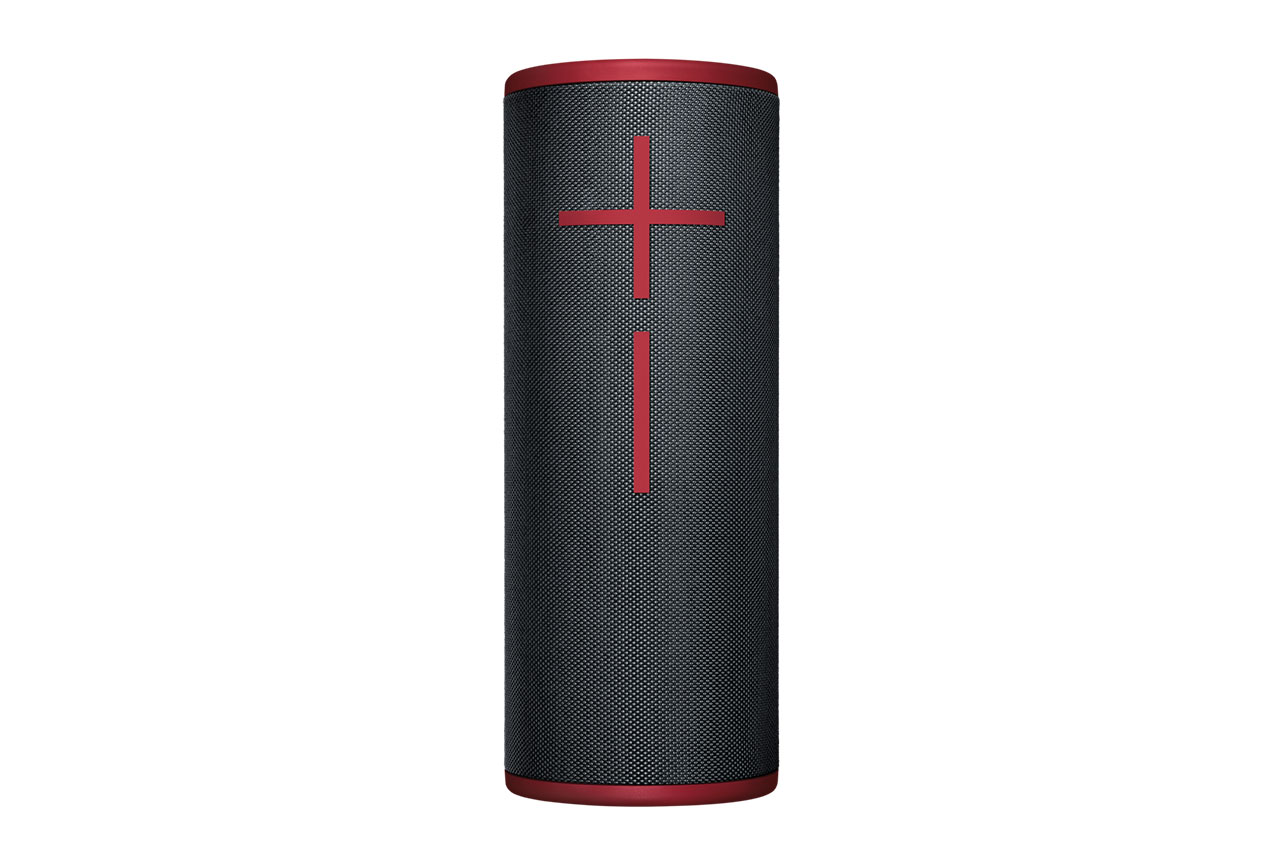 Ultimate Ears Megaboom 3
Ultimate Ears Megaboom 3


Pros
- 360-degree sound is a plus
- Attack sub-score is not bad
- Spatial attribute measures up to some other devices in segment
Cons
- Does not produce very loud volume compared to competitors
- Distortion is problematic at high volume
- Timbre isn’t great
With a global score of 108, the performance of the Ultimate Ears Megaboom 3 is shoulder-to-shoulder with that of other Essential category wireless speakers such as the Amazon Echo 4th Generation at 109, and the Bose SoundLink Revolve II at 107, but it’s down the list a ways from the class-leading Sonos One at 129.
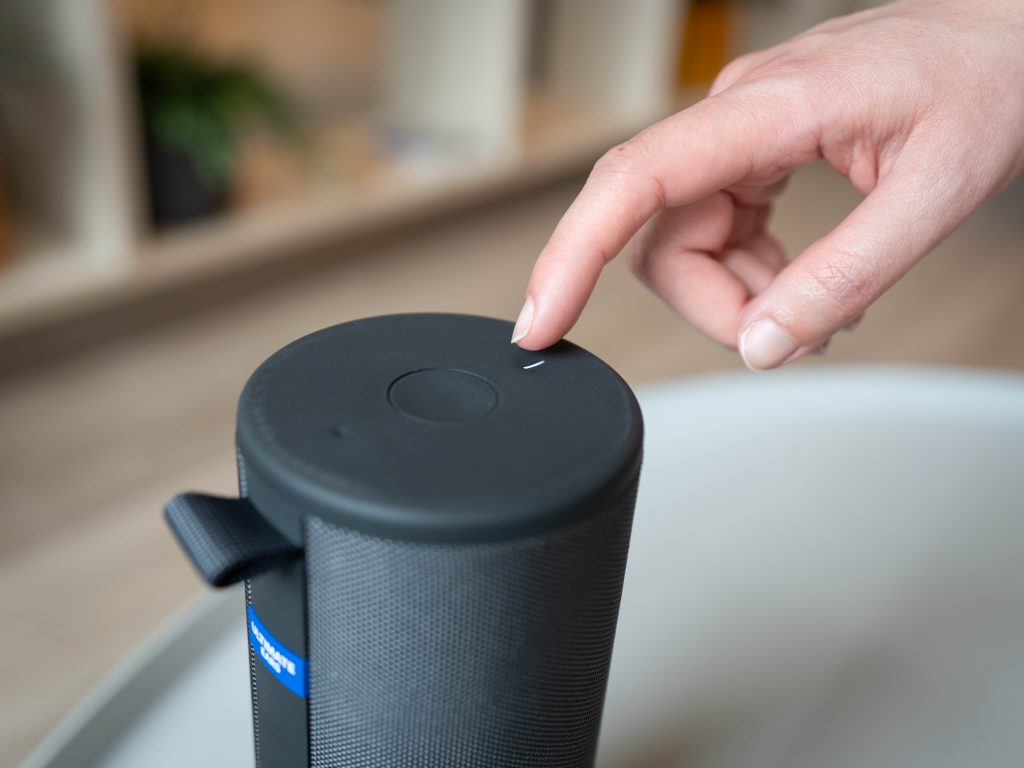
The Ultimate Ears Megaboom 3 does produce 360-degree sound, which is actually a little better on the sides, but it doesn’t reach the “thundering bass” or “carefully balanced and perfectly clear” music at every volume (as it says in its sales pitches). In fact, the timbre was very low, mid-centric and blurry. Bass precision was poor, and punch was weak. The spatial performance was inadequate. At high volumes, harsh distortion emerged. And the digital signal processing (DSP) produced erratic results, with random multiband compression getting in the way of the listening experience.
Sub-scores explained
The DXOMARK Speaker overall score of 108 for the Ultimate Ears Megaboom 3 is derived from a range of sub-scores. In this section, we will take a closer look at these audio quality sub-scores and explain what they mean for the user, and we will show some comparison data from two of the device’s competitors, the Sony SRS-XB43 and the LG XBoom Go PL 7

Timbre
Ultimate Ears Megaboom 3
152
DXOMARK timbre tests measure how well a speaker reproduces sound across the audible tonal range and takes into account bass, midrange, treble, tonal balance, and volume dependency.
The Ultimate Ears Megaboom 3 had a below-average score for timbre for a number of reasons. In most use cases, our engineers found the tonal balance to be focused on a very muddy, blurry low midrange. With flimsy bass and no low-end extension, the sound lacks power. Distortion taints not only the low end, but also the whole range of timbre at higher sound pressure levels (SPL).
High midrange is dull, treble is faint, and high-end extension generally missing, except at high volumes, where the tonal balance seems to be over-boosted at about 6k Hz, which makes it quite aggressive (and not in a good way).
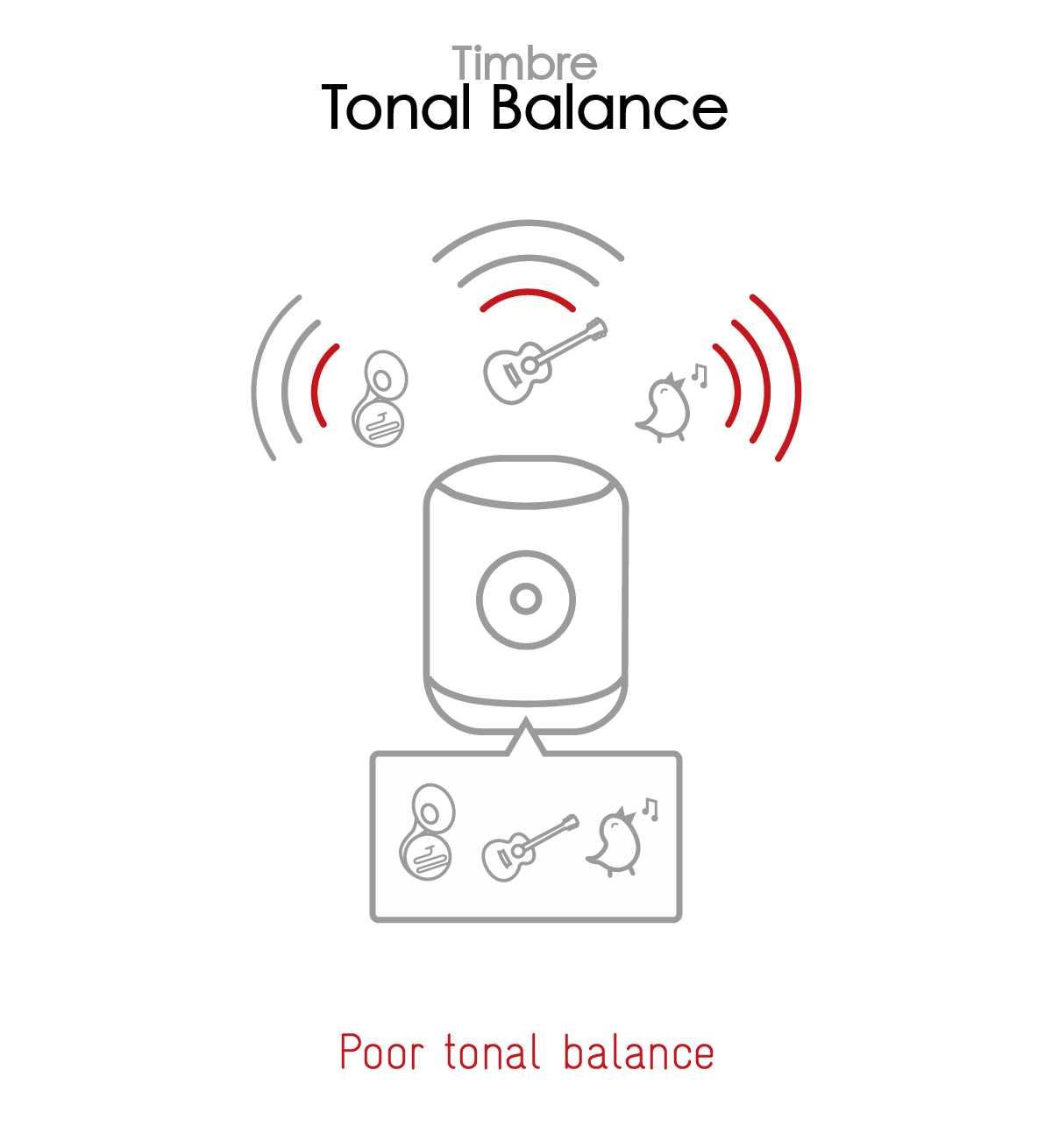

When the listener is at the side of the Megaboom 3, the device delivers a bit more treble and high midrange, but tonal balance is still not pleasant.
Another drawback here is the functioning of the DSP, which causes the details of timbre performance to fluctuate over time, whether it be faulty multiband compression or other kinds of processing happening inappropriately..

Dynamics
Ultimate Ears Megaboom 3
137
Our dynamics tests measure how well a device reproduces the energy level of a sound source, taking into account attack, bass precision, and punch.
Dynamics are not a strong selling point for the Megaboom 3, although it does measure up to some competitors in terms of attack. The device gets in its own way with erratic compression and odd internal processing. Speaking of attack, it feels rounded in most cases, although it rises to the occasion at times.
Punch is seriously lackluster, even for the abundance of low-mid frequencies the speaker cranks out. It sounds flat, and energy is weak and blurry. It does perform better in some cases, but not consistently enough. Bass is very imprecise, preserving only the attack part of the envelope — with some caveats — while sustain and decay are not respected.
At high SPL, the dynamics sub-attributes are even worse, with additional distortion damaging the transients and the envelope.

Spatial
Ultimate Ears Megaboom 3
111
Our spatial tests measure a speaker’s ability to reproduce stereo sound in all directions, taking into account localizability, balance, wideness, distance, and directivity. Please note that wideness is 0 on mono speakers and on speakers that cannot deliver a significant stereo effect.
The Ultimate Ears Megaboom 3 did better than some other wireless speakers in the spatial attribute, but at the same time it has some interesting quirks. Being a 360-degree device, it can’t produce true stereo sound as advertised (at least not without being paired with another device, which is something DXOMARK does not test). Localizability is mediocre; it’s difficult to pinpoint where sounds are coming from. Wideness is difficult to evaluate because any stereo effect is artificial and the device sounds essentially mono.
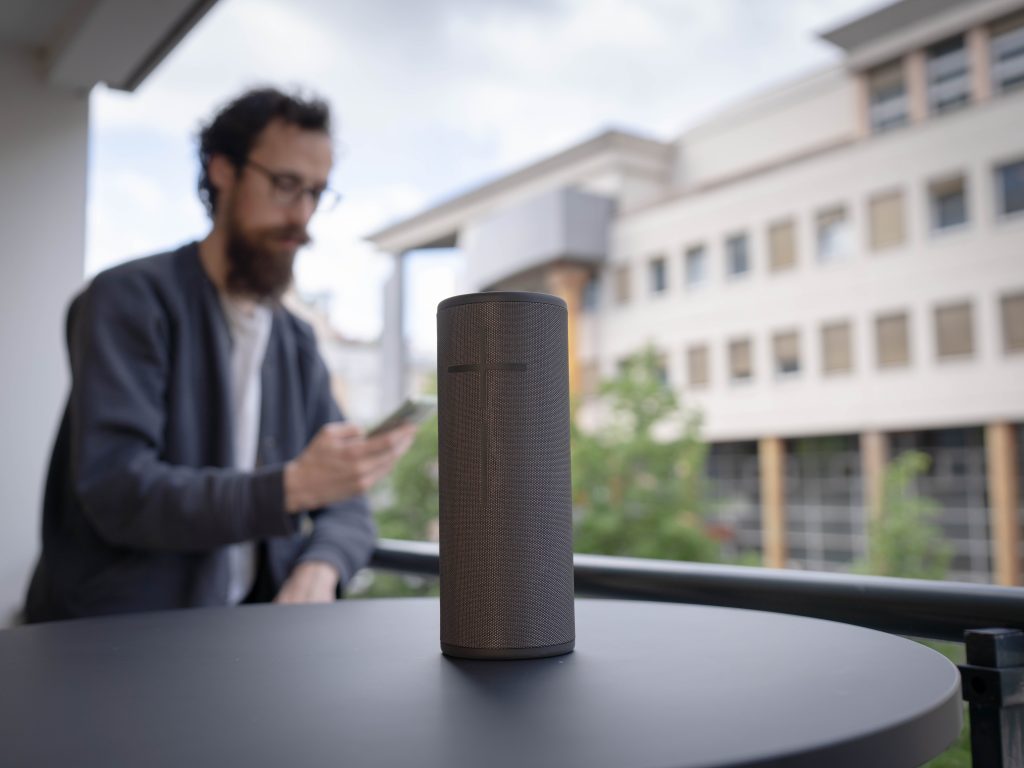
The chart below shows the unusual profile in how the speaker distributes sound. Bass and midrange are very evenly distributed around 360 degrees, but treble is more prominent on the sides.

Volume
Ultimate Ears Megaboom 3
141
Our volume tests measure both the maximum loudness a speaker is able to produce and how smoothly volume increases and decreases based on user input.
The loudness of the Megaboom 3 doesn’t measure up to its competitors, reaching a mere 82 dB, and that at the price of severely compromising the signal. You can see how it compares in the charts above. The volume steps were not particularly consistent either: the first step hardly produces any change.
Here are a few sound pressure levels (SPL) we measured when playing our sample recordings of hip-hop and classical music at maximum volume:
| Correlated Pink Noise | Uncorrelated Pink Noise | Hip-Hop | Classical | Latin | Asian Pop | |
| Ultimate Ears Megaboom 3 | 80.6 dBA | 77.6 dBA | 79.8 dBA | 76.5 dBA | 78.1 dBA | 75.2 dBA |
| Sony SRS-XB43 | 88.9 dBA | 86 dBA | 86.2 dBA | 78.5 dBA | 87.1 dBA | 79.7 dBA |
| LG XBoom Go PL 7 | 85.6 dBA | 83.5 dBA | 81.9 dBA | 76 dBA | 82.5 dBA | 75.4 dBA |

Artifacts
Ultimate Ears Megaboom 3
133
Our artifacts tests measure how much source audio is distorted when played back, along with such other sound artifacts as noise, pumping effects, and clipping. Distortion and other artifacts can occur both because of sound processing and because of the quality of the speakers.
The Megaboom 3 has some problems with artifacts. First off, there are some user-related artifacts. For example, the music glitches for a second after hitting play or pause.


But the biggest issue is the dubious digital signal processing (DSP). At whatever volume, there seems to be a randomly firing multiband compression that damages the sound in an erratic manner. Distortion is proportional to volume, and quite harsh at high volume.
Conclusion
The Ultimate Ears Megaboom 3 has some qualities that will endear it to hard partiers — namely that it will float in the pool and survive other forms of rough treatment. Purely considering its worth as an audio device, however, its scores place it in average to below-average territory among its primary competitors in the Essential category. Considering the name, the shortfall in loudness is especially concerning. The 360-degree sound is a positive, but the Megaboom 3 is burdened by poor timbre and erratic application of DSP. The amount of distortion at high SPL is also problematic.


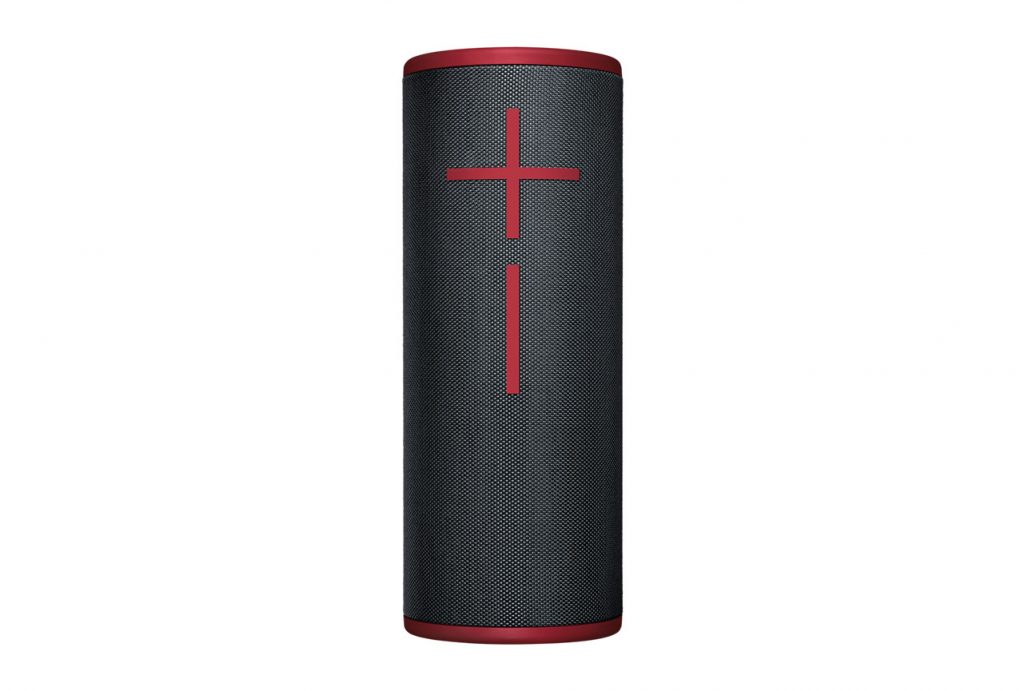
DXOMARK encourages its readers to share comments on the articles. To read or post comments, Disqus cookies are required. Change your Cookies Preferences and read more about our Comment Policy.